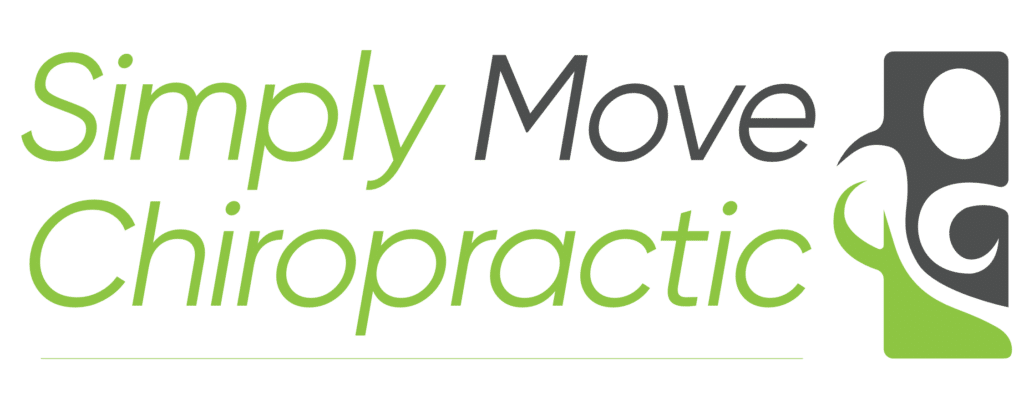Achilles tendonitis can be a stubborn and painful condition, often limiting mobility and affecting quality of life. As a chiropractor in Charlotte, NC, I’ve seen firsthand how challenging it can be for patients to find lasting relief. Infrared laser therapy is one of the treatments I offer, and it’s proving to be a game-changer for many conditions, including Achilles tendonitis. Recent research supports its use, showcasing its ability to reduce pain and promote healing effectively.
What Is Infrared Laser Therapy?
Infrared laser therapy, a form of photobiomodulation, uses specific wavelengths of light to penetrate tissues deeply. This light stimulates cellular repair and reduces inflammation, making it an excellent option for tendon injuries. At Simply Move Chiropractic, I use a dual-wavelength Class IV laser, which offers deeper tissue penetration and a higher therapeutic effect than many standard devices.
Evidence Supporting Infrared Laser Therapy
Two recent studies highlight the potential of infrared laser therapy for Achilles tendon issues. The first study, conducted by Oliveira et al., investigated the use of photobiomodulation in patients with acute Achilles tendon rupture treated conservatively. Over a 12-week rehabilitation period, the group receiving infrared laser therapy experienced significantly less pain during walking compared to the control group. This difference was notable at both the 12- and 16-week marks, emphasizing the therapy’s role in pain relief during recovery.
Another study by Mårdh and Lund explored high-power laser therapy (HPLT) for chronic Achilles tendinosis. This single-blind, placebo-controlled trial found that patients receiving HPLT reported significantly reduced pain during weight-bearing activities. They also demonstrated increased pain thresholds compared to those in the placebo group. These results suggest that HPLT, a higher-intensity laser therapy, could be particularly beneficial for chronic tendon conditions where pain during movement is a major issue.
Benefits of Infrared Laser Therapy for Achilles Tendonitis
Both studies underscore the potential benefits of infrared laser therapy, including:
1. Pain Reduction: Infrared laser therapy targets inflammation, which is often a primary cause of pain in tendon injuries. The reduced pain observed in both studies highlights its effectiveness in both acute and chronic conditions.
2. Improved Healing: The stimulation of cellular repair mechanisms can speed up recovery, especially when combined with exercises and other rehabilitative treatments.
3. Non-Invasive Treatment: Unlike surgical options, laser therapy is painless and non-invasive, making it a suitable choice for patients seeking conservative care.
What to Expect During Treatment
During a session, I position the laser directly over the affected area, allowing the infrared light to penetrate the tissues. Each session lasts about 10-15 minutes, and the treatment is comfortable, often described as a warm, soothing sensation. For Achilles tendonitis, I usually recommend multiple sessions over a few weeks, depending on the severity of the condition.
Combining Laser Therapy with Other Treatments
At Simply Move Chiropractic, I often integrate infrared laser therapy with other treatments like Active Release Technique (ART), dry needling, and rehabilitative exercises. This multimodal approach addresses the root cause of the issue while promoting healing and restoring function.
However, the best co-treamtment I have found with infrared laser for most musculoskeletal complaints is Shockwave Therapy.
Why Choose Infrared Laser Therapy in Charlotte, NC?
As a chiropractor dedicated to offering the latest evidence-based treatments, I’m committed to helping patients in Charlotte find effective solutions for their pain. Infrared laser therapy, supported by research like the studies mentioned above, is a powerful tool in addressing Achilles tendonitis and other tendon-related issues.
If you’re struggling with Achilles tendon pain and want to explore infrared laser therapy, I’d be happy to discuss your options and create a personalized treatment plan. Relief and recovery are possible, and we’re here to help you get back on your feet—pain-free!



